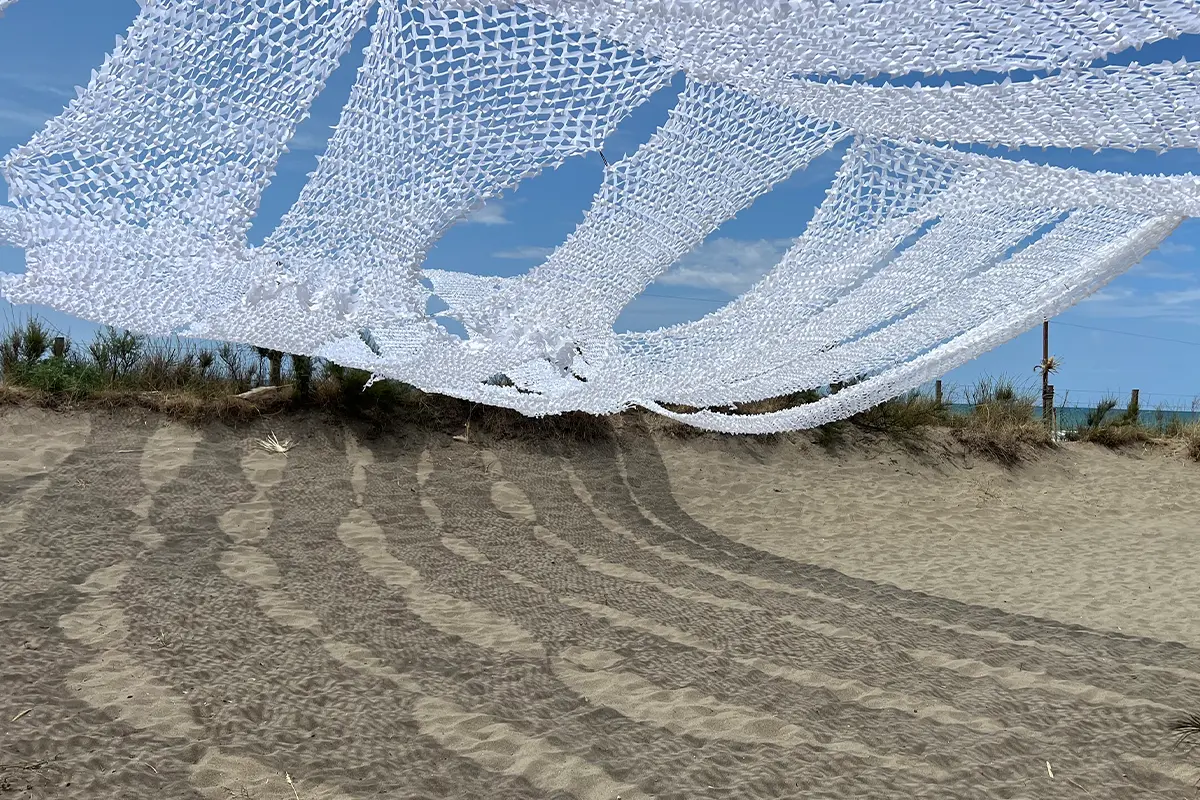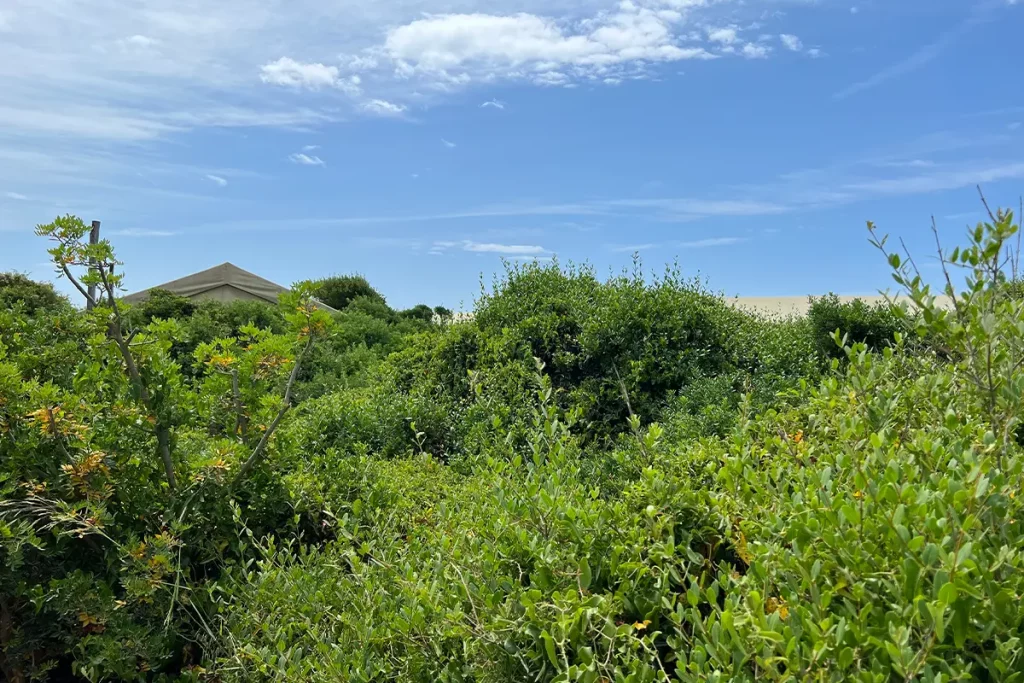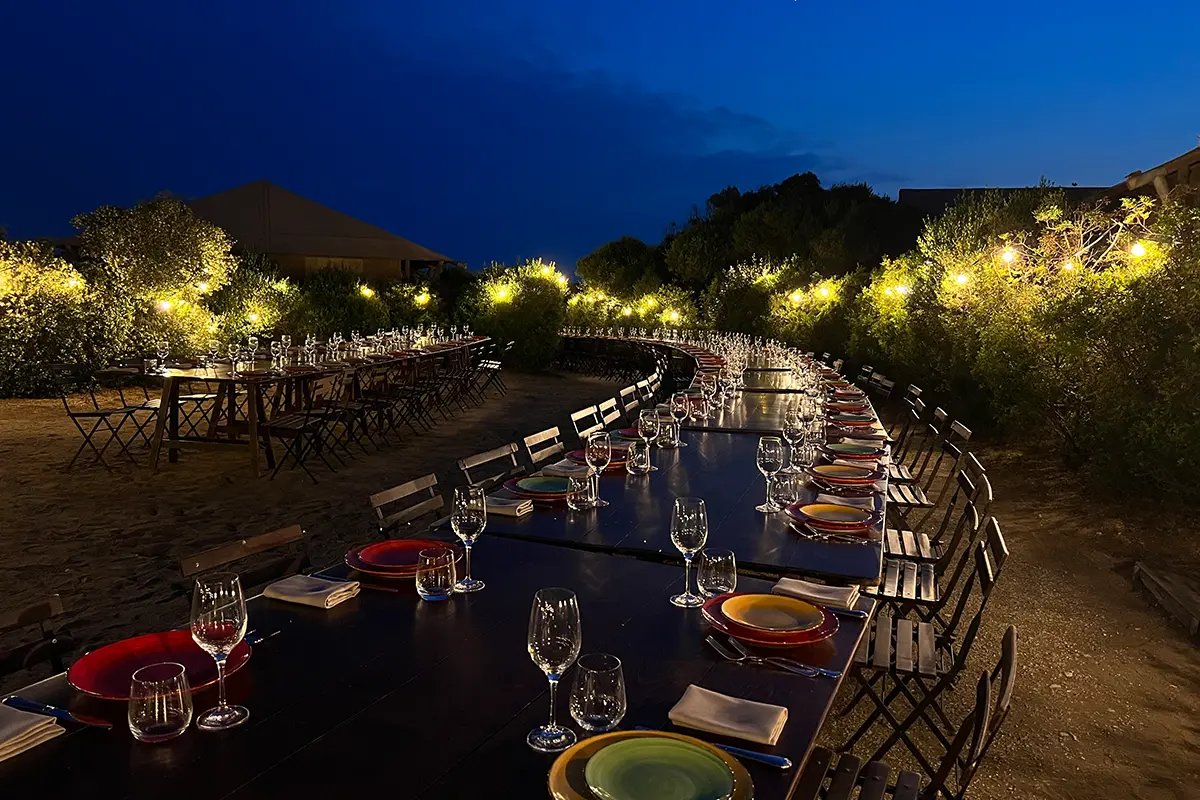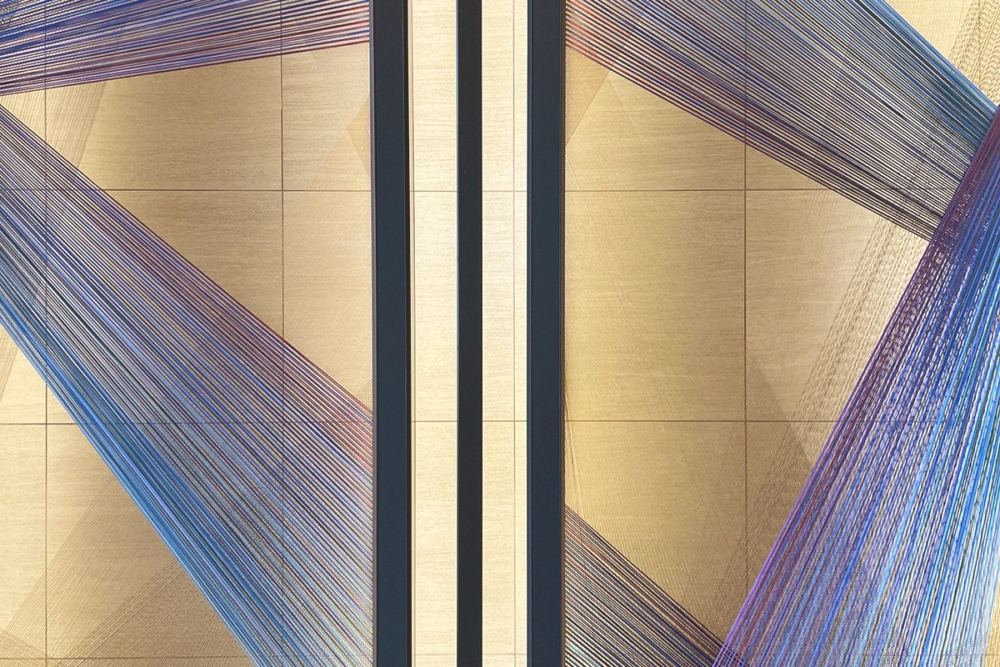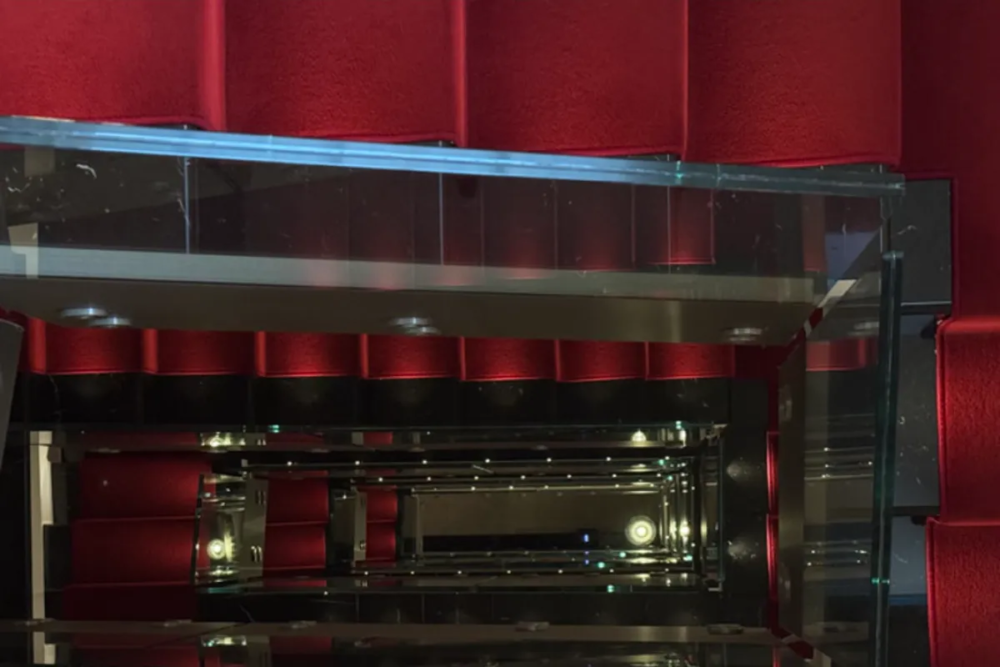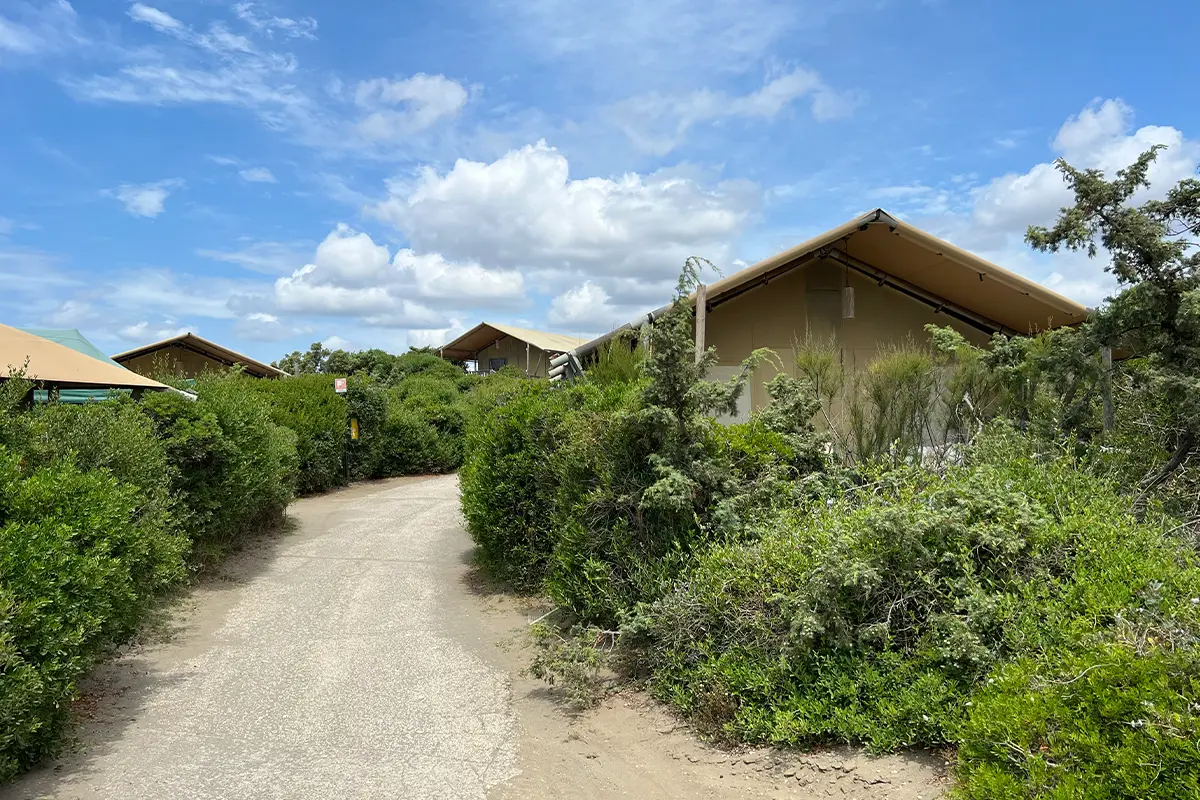
Dune Camp, Terre di Sacra: energy from land and water meets music in Capalbio
Terre di Sacra, in the oasis of Burano protected by the WWF, hosts the Dune Camp project – international guests and DJs meet between the golden beaches and the green vegetation
Dune Camp, Festival in Capalbio, Grosseto, Italy
The sun sets over the water of the Tyrrhenian Sea. You arrive at the beach at 9:30 in the summer. You cross the sand dunes and low shrubs. An expanse of diamonds appears, meeting the red sky on the horizon. In such a setting, it comes naturally to enjoy music while being with friends.
The Dune Camp project in Capalbio, Terre di Sacra
The Dune Camp project is an entertainment formula born from the spontaneity of friends who found themselves wrapped up in this setting. Today it has become a regular event thanks to the passion and vision of Tazio Puri Negri. Dune Camp is a connector of distant worlds that meet on a strip of Italian land between sky and sea, in the sign of music and art. Music: a line up of international artists and DJs from sunset till morning, invites dancing in fusion with the surroundings. Art: guests of Hypermaremma – a contemporary art festival since 2019 on the initiative of gallery owners Carlo Pratis, Giorgio Galotti and Matteo d’Aloja, held annually in Maremma, also take part.
If the day is dedicated to outdoor activities – energetic spaces to practice sports and yoga sessions, Kite-Surfing, between nature and horses – when the sun goes down, people meet to listen to music. One of Dune Camp’s four late June evenings began at the Burano Oasis, within the Terre di Sacra Estates. A coastal brackish lagoon – 236 hectares wide and an average depth of one meter – is separated from the sea by a narrow strip of dunes, one of the best-preserved naturalistic coastal stretches in the region. The lake and surrounding area are included in the Lago di Burano Nature Reserve, a state reserve established in 1980 and entrusted to WWF, which has settled the Lago di Burano Oasis there.
Spazio Amato, Capalbio – Hypermaremma and Dune Camp
In the vastness of the field in front of the lagoon, Dune Camp guests were able to admire Spazio Amato: this is the neon light installation that artist Massimo Uberti created for the 2020 edition of Hypermaremma, as a tribute to the landscape of this area of the Maremma. Massimo Uberti’s research, which has always focused on the expressive articulation of the paradigm of light as a possible and revealed space, uses the neon light source as a semantic trace to redesign the landscape that hosts the intervention. The work enters into dialogue with the surrounding landscape, becoming an alienating ‘caption’ capable of making the viewer reflect on the unique character of the territory and the need to protect and preserve it over time.
Burano Lake Nature Reserve, Capalbio
This is another of the goals of Dune Camp and Terre di Sacra: reconnection with the world and the surrounding nature, and the preservation and protection of this Oasis. The reserve is included in the Lake Burano International Wetland, which was established in 1977 and covers 410 hectares. In 1995, part of the lake area was declared a Site of Community Interest, and in 2016 it became a Special Area of Conservation. In 1998, the Lake Burano Special Protection Area was also established, covering 489 hectares.
[envira-gallery id=”131874″]
Animals and vegetation in the area of Lake Burano
The lake and coastal dune area are also part of the much larger Argentario, Orbetello Lagoon and Lake Burano Bird and Biodiversity Area. The Lake Burano Dune Site of Regional Interest is almost entirely included in the State Nature Reserve and almost entirely included in the wetland of international importance, under the Ramsar Convention, Lake Burano. In April 2012, the Lake Burano oasis was awarded Italian Wonder status.
Species of resident waterfowl, or those that stop in the lake for a short time during migration, include the pink flamingo, cormorants, herons, coots, duck, pochard, mallard and shoveler – the symbol of the WWF Oasis – the tree frog and kingfisher. The dune vegetation consists of both tree plants, such as holm oak and cork oak, and shrub plants, such as juniper and myrtle. The beach’s pioneer vegetation enjoys adequate protection, as cleaning operations are carried out without the use of mechanical means and leaving beached organic material-which is also essential for the survival of numerous species of beetles and other invertebrates.
The history of Terre di Sacra, Capalbio
A group of friends and entrepreneurs took over the property that stretched from Capalbio Castle to the sea and founded Terre di Sacra with the goal of “redeeming” the land and producing new resources. Società Anonima Capalbio Redenta Agricola (S.A.C.R.A.). The land was inhospitable and swampy. Modern land reclamation drained the swamps and destroyed malaria outbreaks. The purpose for which the estate was created in 1922 was the management of Capalbio’s estates in the various sectors of agriculture: grain growing, cattle raising, coal production and fishing in the lakes. A territory of over 9,000 hectares, which had already undergone an initial land reclamation in 1861.
Carlo Puri Negri’s commitment for the protection of Terre di Sacra and L’Oasi di Burano
Carlo Puri Negri is the president of Terre di Sacra. The estate has just over 1,000 hectares and is home to Italy’s first WWF reserve. The property is survived by the descendants of two families, Puri Negri and Resta Pallavicino. The children of the two families represent the fourth generation.
In addition to the reclamation program, Terre di Sacra developed an agrarian and land transformation. The Agrarian Program had the task of transforming cultivation from extensive to intensive. Another purpose was to establish plantations of an industrial nature such as olive groves, poplar groves and pine forests and also to improve the herds of Maremmana cattle. As early as 1930, the estate’s farmhouse had become an official supplier of military horses for the Army and the Service of the Royal Household.
1950 was the year of the Great Agrarian Reform Law that irrevocably changed the face of Terre di Sacra. The Reform sought to favor small and medium property by expropriating land from large landowners. In recent years Terre di Sacra has definitely changed its face, going from 9,000 to 1,000 hectares.
Together with WWF representatives, the lease of about 150 hectares of Lake Burano was established for the establishment of a Wildlife Refuge for resident and migratory wildlife, in which hunting was absolutely prohibited. On June 30, 1968, the WWF Natural Oasis of Lake Burano, the first in Italy, was born.
Glamping di Terre di Sacra, Capalbio
Bordering the Burano Oasis is Glamping Terre di Sacra. Glamping allows you to spend days in contact with nature without sacrificing the functionality of a dwelling. All Lodge tents are spacious and bright. They vary in size and distance from the sea, but all are furnished with a full kitchen or a breakfast nook, bathrooms, showers, and hot and cold air conditioning. In the Lodge’s outdoor area, a lounge is set up to enjoy the moonlit evening. La Dogana Beach Club welcomes Glamping guests with a fully equipped beach, La Dogana Tower Restaurant Enoteca and the Doganino.
During Dune Camp evenings, a winding long table is set up to welcome guests from all over the world for a convivial dinner before a long night of music.
Matteo Mammoli
